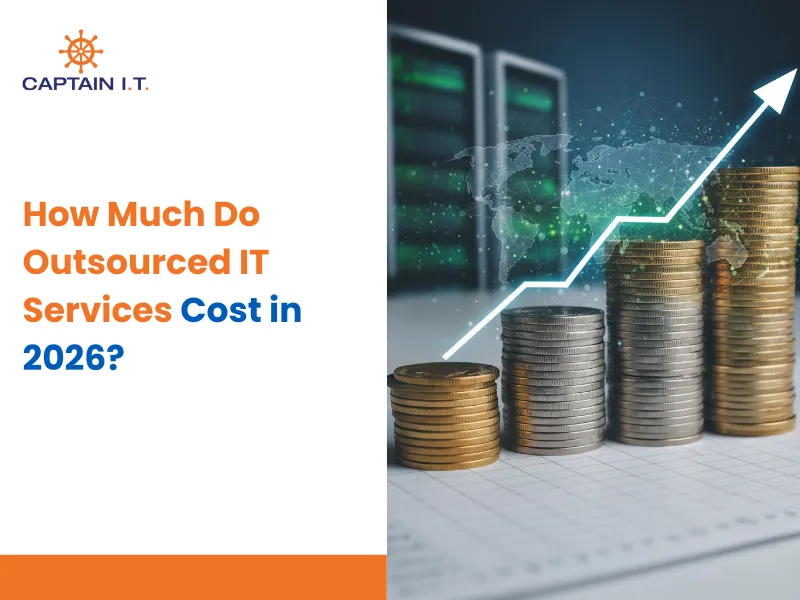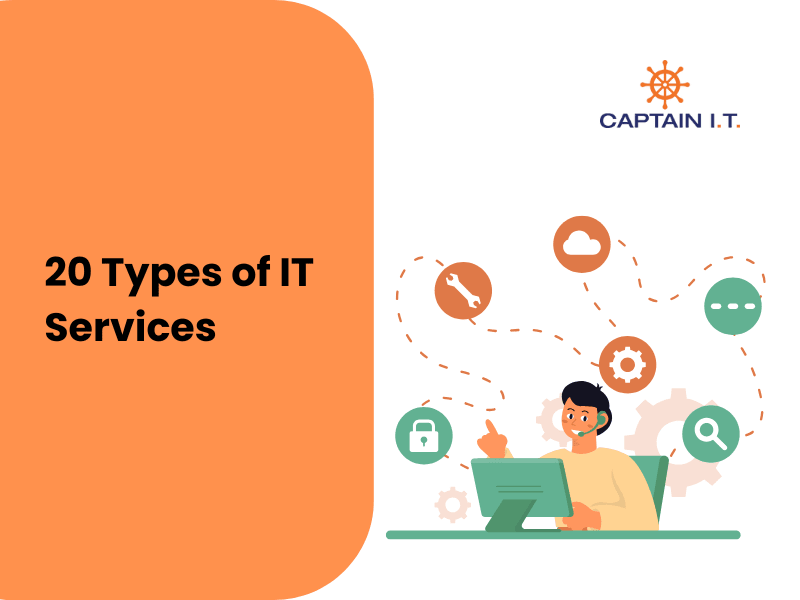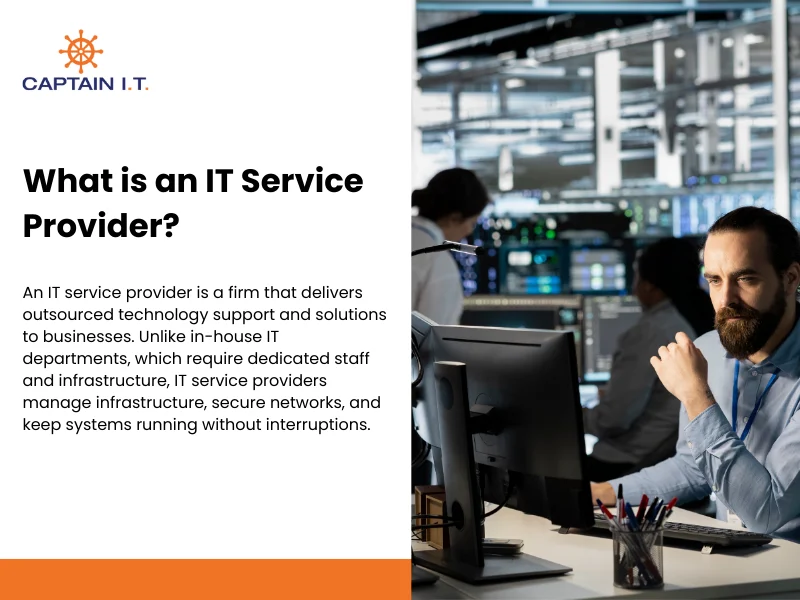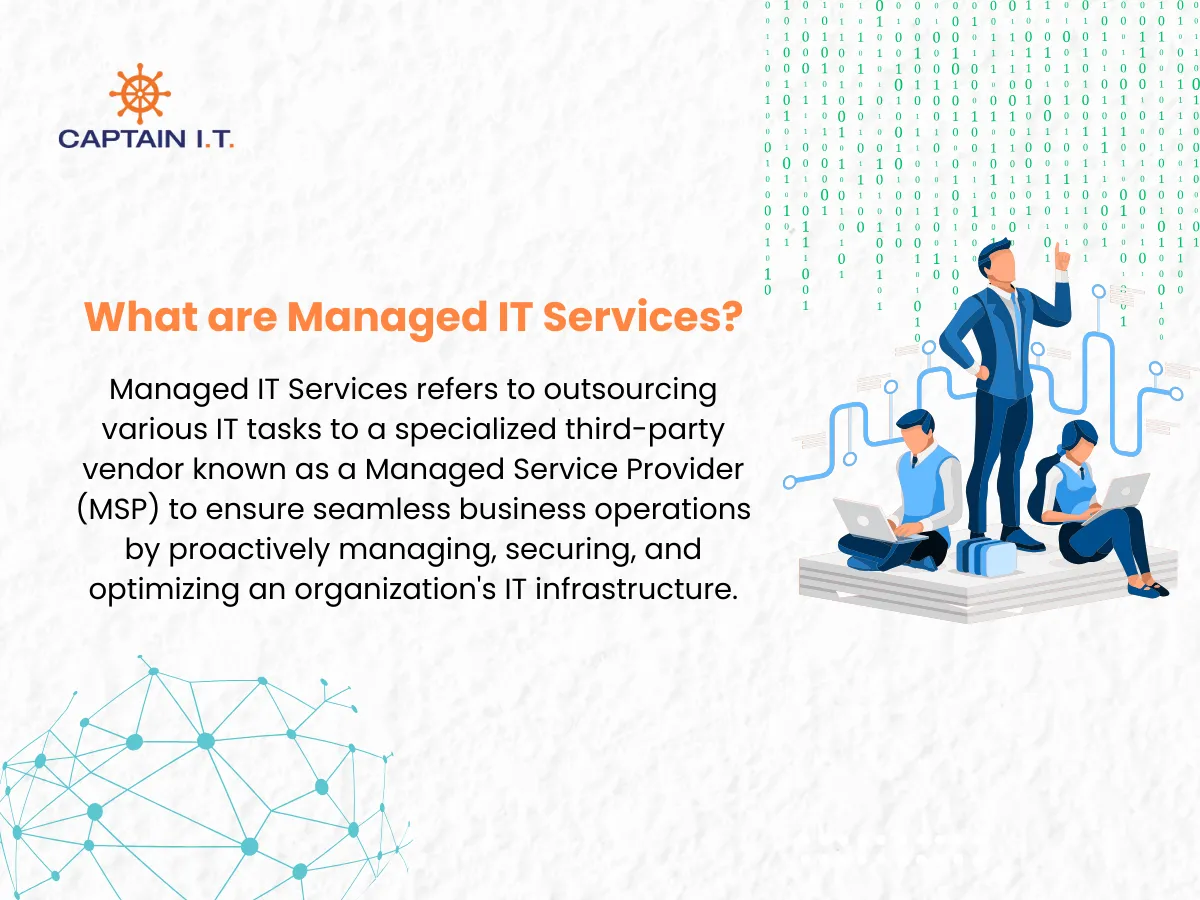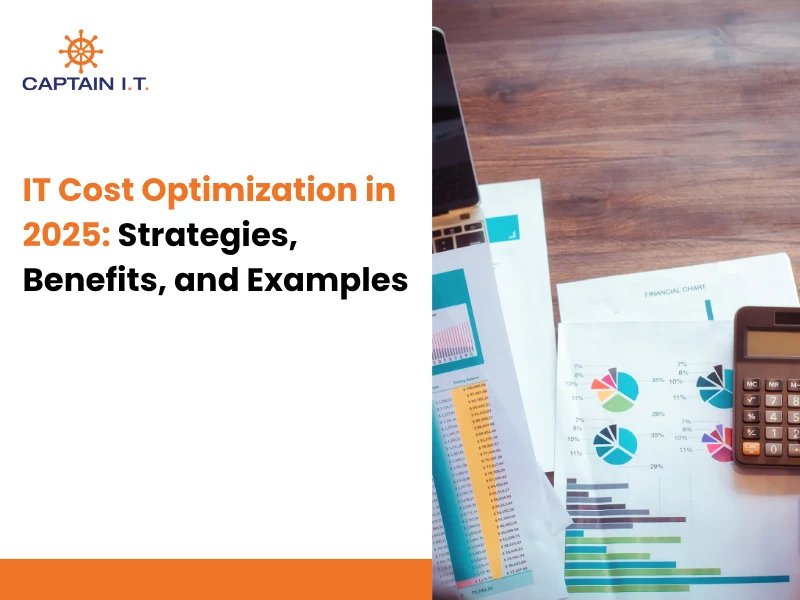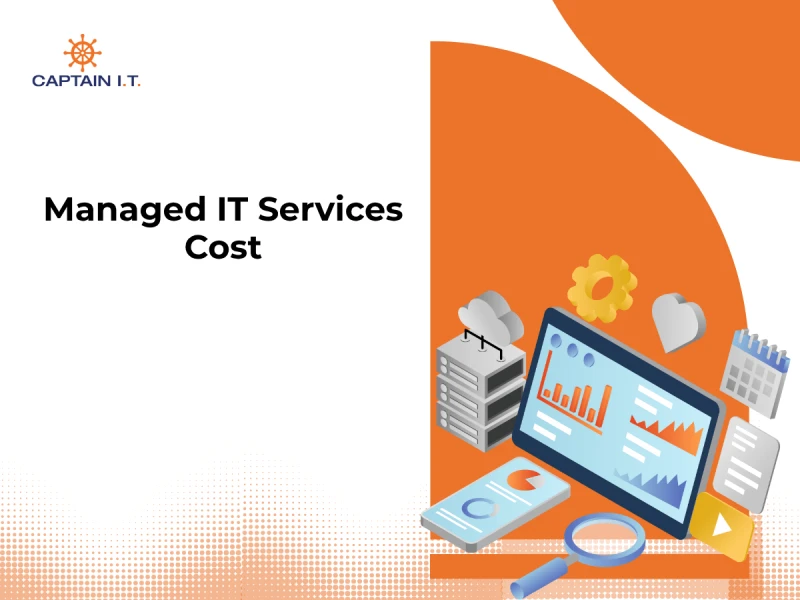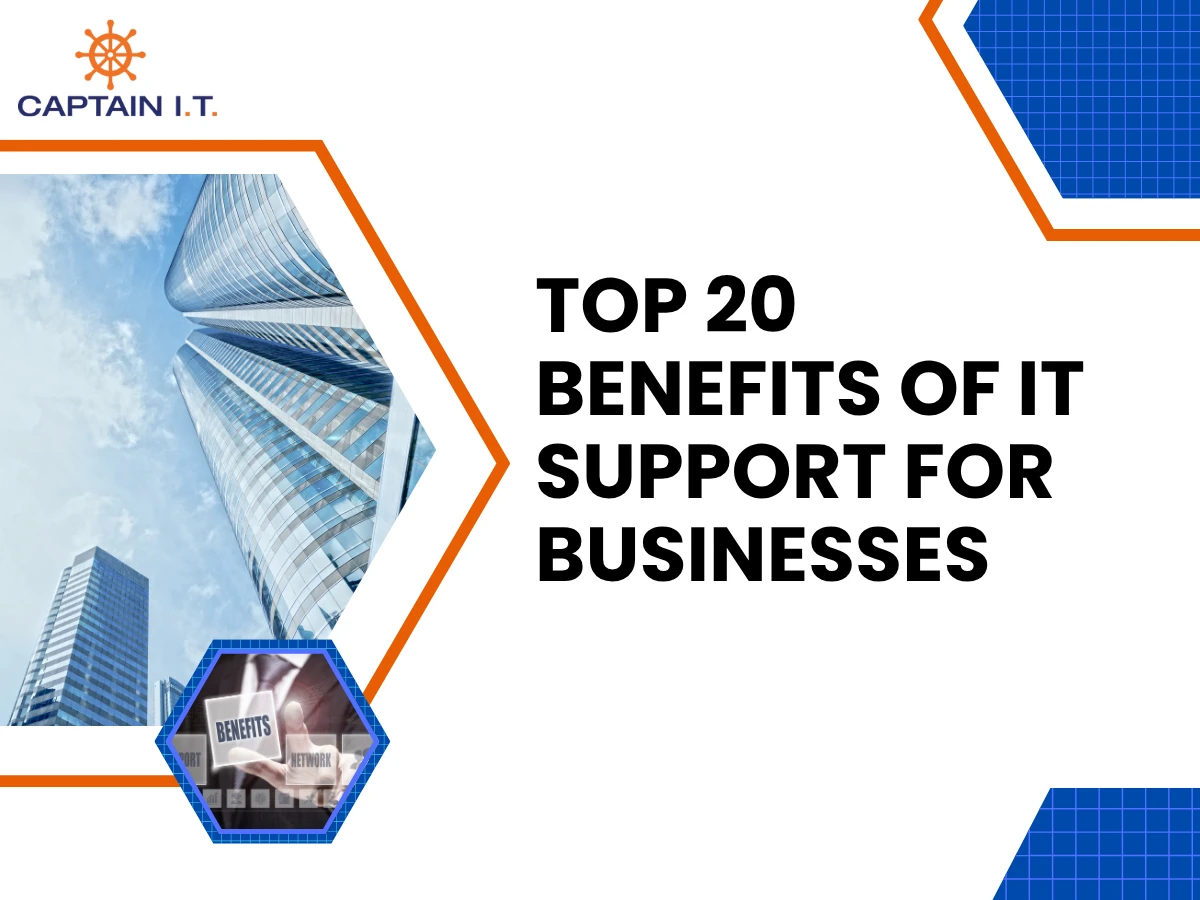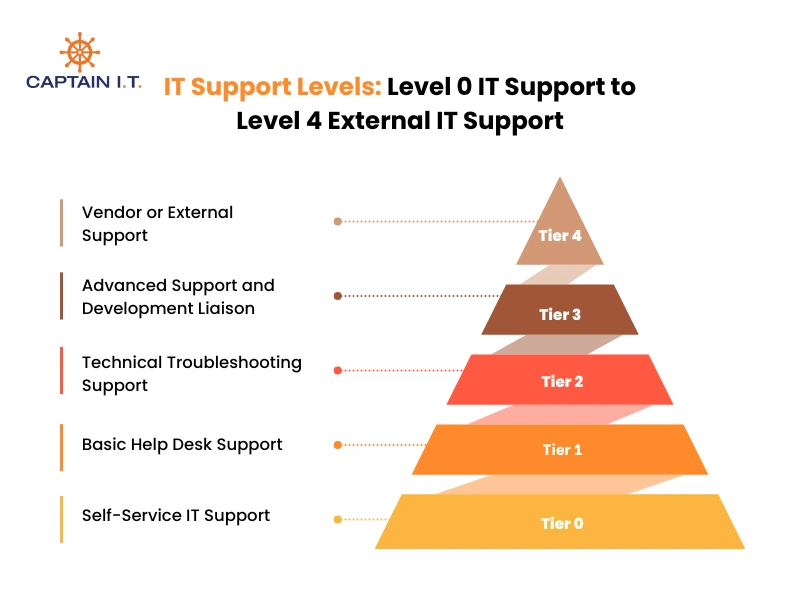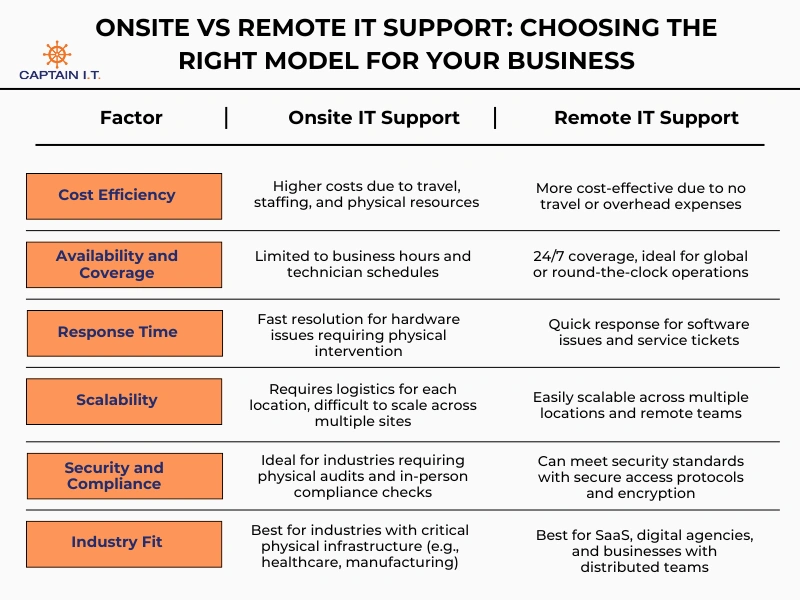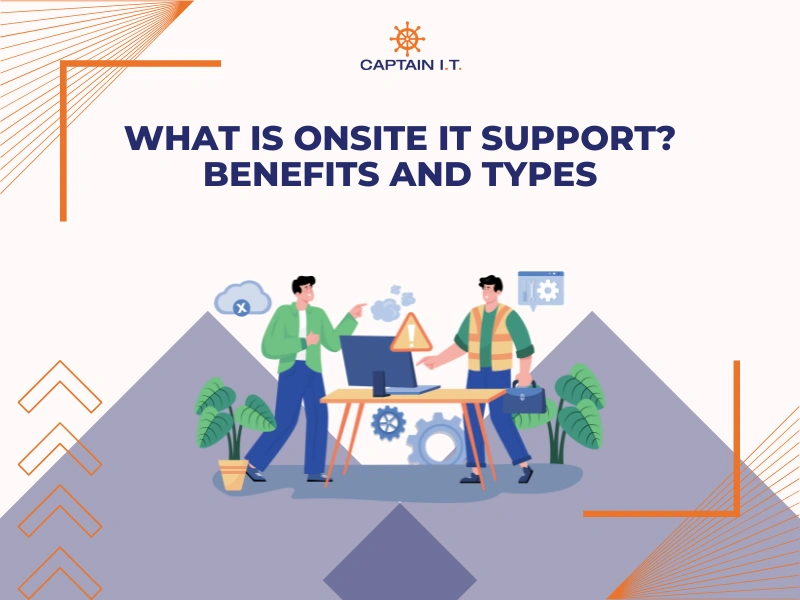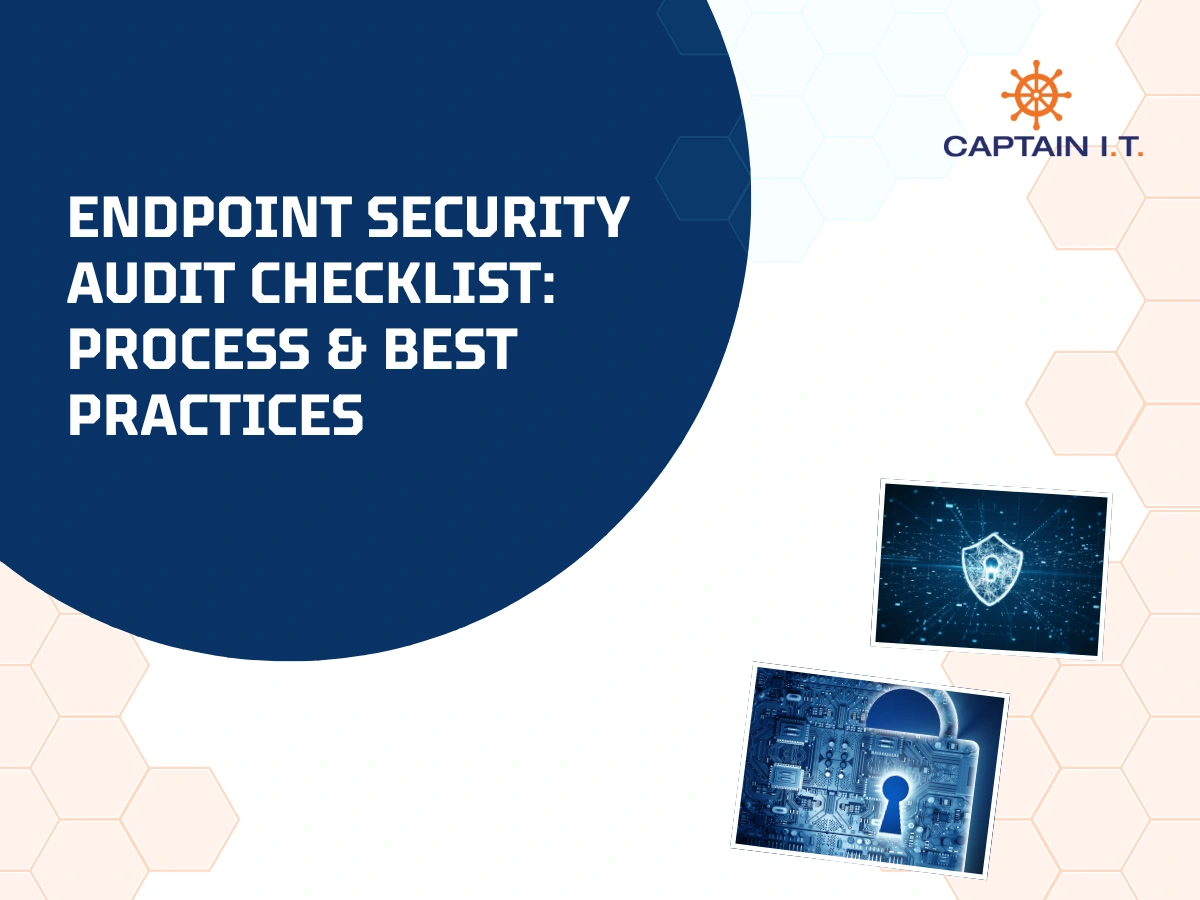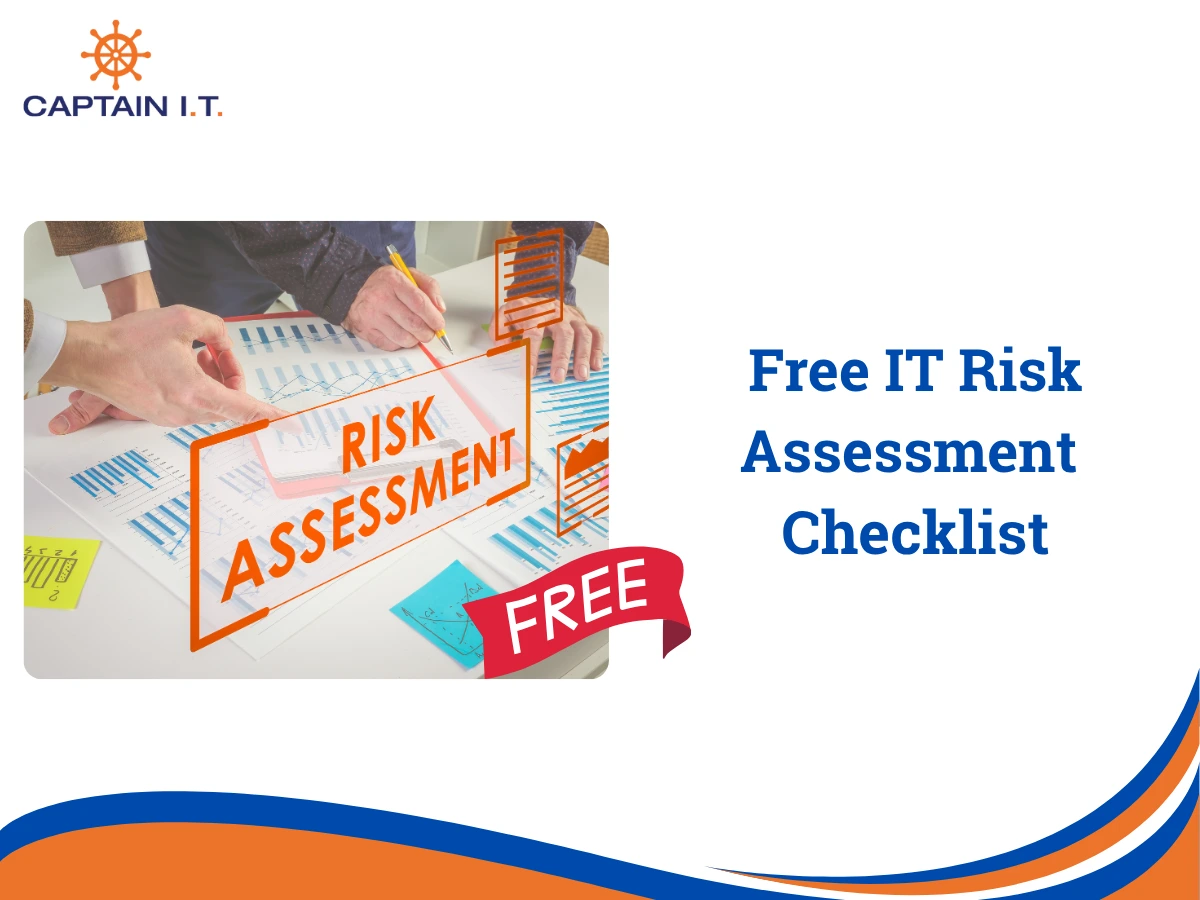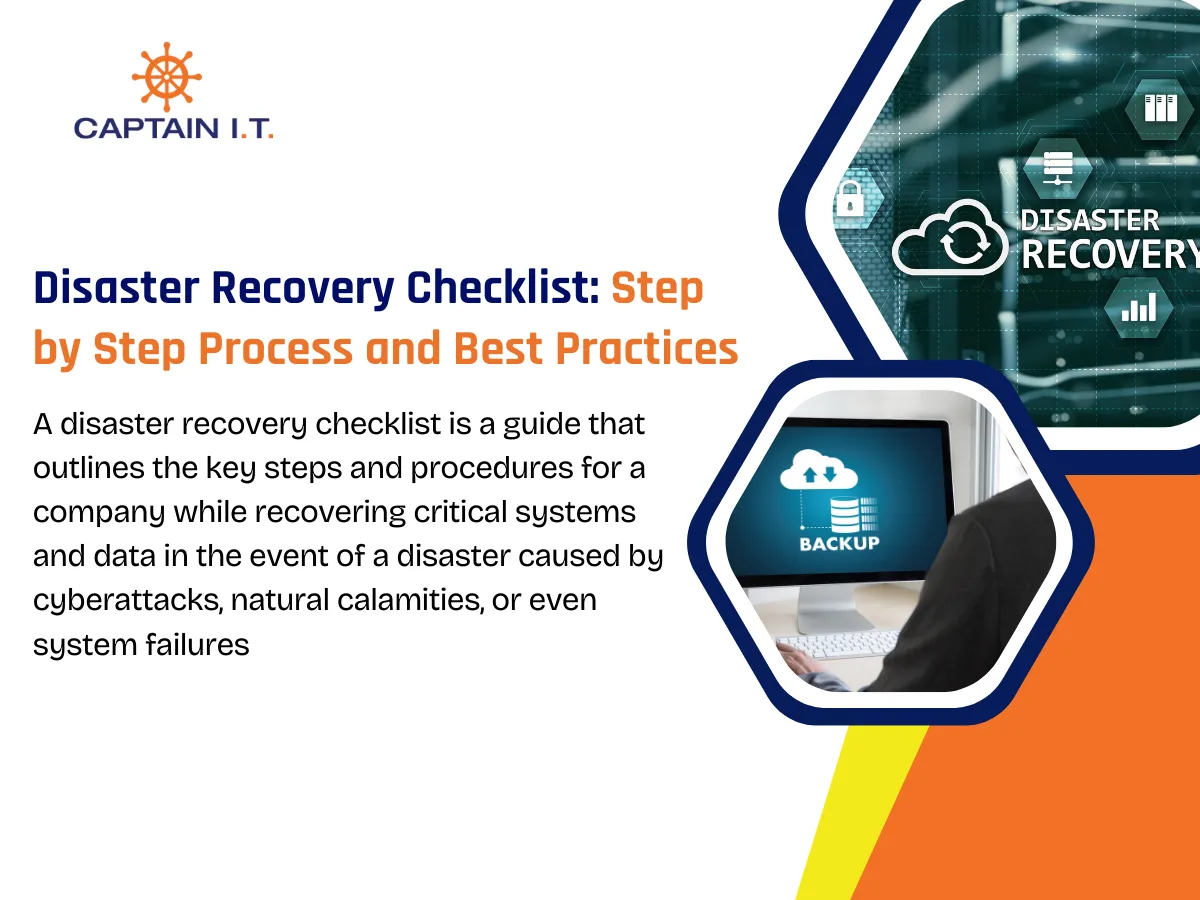Managed IT services cost range from $50 to $400 per user per month or $1,500 to $10,000+ per month. Smaller businesses often pay $1,500 to $3,000 per month for basic services like IT support, cybersecurity, and data backup, while mid-sized businesses with more complex needs can expect to pay $3,000 to $5,000 per month. Large enterprises with custom IT needs, 24/7 support, and advanced cybersecurity measures generally pay $10,000+ per month.
Pricing is influenced by several key factors, including the number of devices and users requiring support, service level agreements (SLAs) that dictate response times and support levels, and the complexity of IT infrastructure, which includes considerations like remote locations, custom applications, and data storage needs. Additionally, industries with specific compliance requirements, like healthcare or finance, may incur higher costs due to specialized IT solutions.
To ensure businesses receive the best value, it is essential to choose the right pricing model, whether flat-rate, hourly, per-device, or per-user, based on their specific needs and growth potential. Understanding the nuances of these pricing models will help businesses select the most cost-effective solution that aligns with their IT support and scalability requirements.
Pricing Models for Managed IT Services
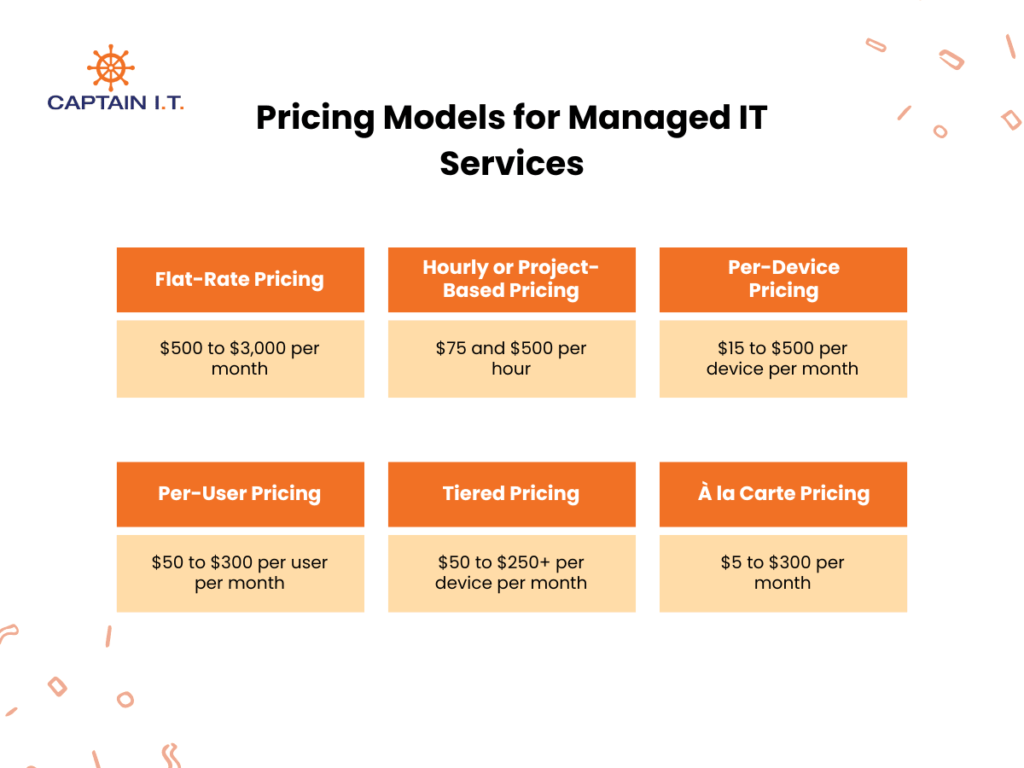
Managed IT services are typically priced using flat-rate pricing, hourly or project-based pricing, per-device pricing, per-user pricing, or tiered pricing. Each model is designed to accommodate different business needs, offering flexibility based on the level of support, number of devices or users, and the complexity of IT requirements. Choosing the right pricing model depends on factors such as the business’s size, IT infrastructure, and specific service expectations.
Flat-Rate Pricing
Under flat-rate pricing, businesses pay a fixed monthly fee for a predetermined set of IT services, regardless of how much support is actually used. This approach ensures predictable IT expenses, making it easier for companies to manage their budgets.
For small to mid-sized businesses (SMBs), flat-rate pricing typically ranges from $500 to $3,000 per month, which covers essential services like IT support, network monitoring, and cybersecurity. Larger enterprises, with more complex IT needs, can expect to pay $5,000 to $10,000+ per month for more extensive services, including 24/7 support, advanced cybersecurity, and disaster recovery solutions.
While this model is particularly well-suited for businesses with steady, ongoing IT needs, such as support, monitoring, and security, businesses with fluctuating or irregular IT demands might find it less advantageous, as they could end up paying for services they do not need regularly.
Hourly or Project-Based Pricing
Hourly or project-based pricing typically costs between $75 and $500 per hour, depending on the provider and the complexity of the work. This model charges businesses based on the time spent on IT services or the specific scope of a project, making it ideal for businesses with occasional IT needs or one-time projects. Services are usually categorized by the level of expertise required, and pricing can vary significantly:
- Basic Support: $75–$150/hour (e.g., troubleshooting, maintenance).
- Advanced Support: $150–$300/hour (e.g., cybersecurity, server management).
- Specialized Services: $250–$500/hour (e.g., compliance audits, network architecture).
For example, a company may hire an MSP for a one-off project, like a server upgrade, and pay a fixed rate based on the hours worked. The advantage of this model is that businesses only pay for what they use, making it a cost-effective choice for those with low or sporadic IT needs. However, the downside lies in its unpredictability. If the scope of a project changes or additional support is needed, costs can quickly escalate, making it difficult to manage long-term IT budgets. For businesses that require consistent or ongoing IT support, this model may become expensive and difficult to manage long-term.
Per-Device Pricing
In the per-device pricing model, businesses are charged a set fee for each device that requires IT support, with typical costs ranging from $15 to $500 per device per month. The specific costs for different devices are as follows:
- Desktop/Laptop: $75–$150 per device per month (system monitoring, security, and updates)
- Server: $150–$500 per device per month (performance monitoring, security patches, and backups)
- Mobile Device: $50–$75 per device per month (mobile device management (MDM), ensuring security and seamless access to business resources)
- Firewall: $30–$75 per device per month (network security, including monitoring and updates)
- Network Switch: $15–$40 per device per month (managing network infrastructure and ensuring optimal performance)
This pricing structure works well for companies with a predictable number of devices, allowing for clear cost predictions and scalability as the business expands. As more devices are added, costs increase proportionally, which makes it easy to scale IT support. However, businesses with fluctuating device counts may face unexpected charges when adding or removing devices, making the model less ideal for those with dynamic or rapidly changing IT environments.
Per-User Pricing
Per-user pricing bases the cost on the number of employees who require IT services, with costs ranging from $50 to $300 per user per month. Basic support typically starts at $50–$150 per user, covering essential services like IT support, software updates, and security monitoring, while full support costs $100–$300 per user, which includes more comprehensive services such as 24/7 helpdesk support, advanced cybersecurity, and data backup.
For example, a company with 50 employees could expect to pay around $2,500 to $7,500 per month, depending on the level of service chosen. This pricing model is ideal for businesses where employees require similar levels of IT support, regardless of the number of devices they use. However, it may not be the most cost-effective for businesses with a small number of users but higher service demands, as the price per user may not align with the level of IT support needed.
Tiered Pricing
Tiered pricing typically ranges from $50 to $250+ per device per month, offering businesses a flexible approach to select services that best match their needs. Each tier provides a different set of features, allowing companies to scale up or down as their IT requirements evolve. This model is ideal for businesses that need to adapt their IT support levels over time, whether it’s due to growth or changing service needs. The tiers available are:
- Basic Tier: $50–$150 per device/month
Includes basic monitoring, software updates, and helpdesk support. - Mid-Tier: $100–$250 per device/month
Adds advanced features like enhanced security, backup solutions, and priority support. - Premium Tier: $250+ per device/month
Offers comprehensive support, including 24/7 monitoring, compliance assistance, and proactive IT management.
For example, a small business with 25 devices might expect to pay between $1,250 and $3,750 per month, depending on the chosen tier. A mid-sized company with 100 devices could pay between $5,000 and $25,000 per month. While tiered pricing offers flexibility and scalability for growing businesses, companies may find themselves paying for higher-tier services they do not fully utilize. This could lead to overpaying for features or support that are not essential to their current IT needs. It is crucial to carefully assess the level of support required and choose the most appropriate tier to avoid unnecessary expenses.
À la Carte Pricing
À la carte pricing allows businesses to select and pay only for the specific IT services they require, rather than a bundled package. Costs for À la carte services typically range from $50 to $300 per month, depending on the type of service. This model provides complete customization, enabling businesses to tailor their IT solutions and pay solely for the services they use. Some common services and their costs include:
- Cloud Backup: $10–$50/month per user or device, depending on storage size and backup frequency.
- Cybersecurity Services: $50–$150/month for endpoint protection, malware detection, and firewall monitoring.
- IT Support: $50–$100/month for remote IT support or helpdesk services.
- Software Updates and Patch Management: $5–$30/month per device to ensure systems are regularly updated and secure.
- Network Monitoring: $50–$100/month per device or network segment to monitor performance and detect potential issues.
For example, a business that needs cloud backup for $30 per month and cybersecurity services for $100 per month would pay $130 per month. This model is ideal for businesses with specific, non-recurring IT needs, but the downside is that costs can become unpredictable if additional services are required unexpectedly. For businesses needing ongoing or comprehensive IT support, À la carte pricing may not be as cost-effective as other pricing models, as the total cost can quickly add up.
Average Pricing for Managed IT Services
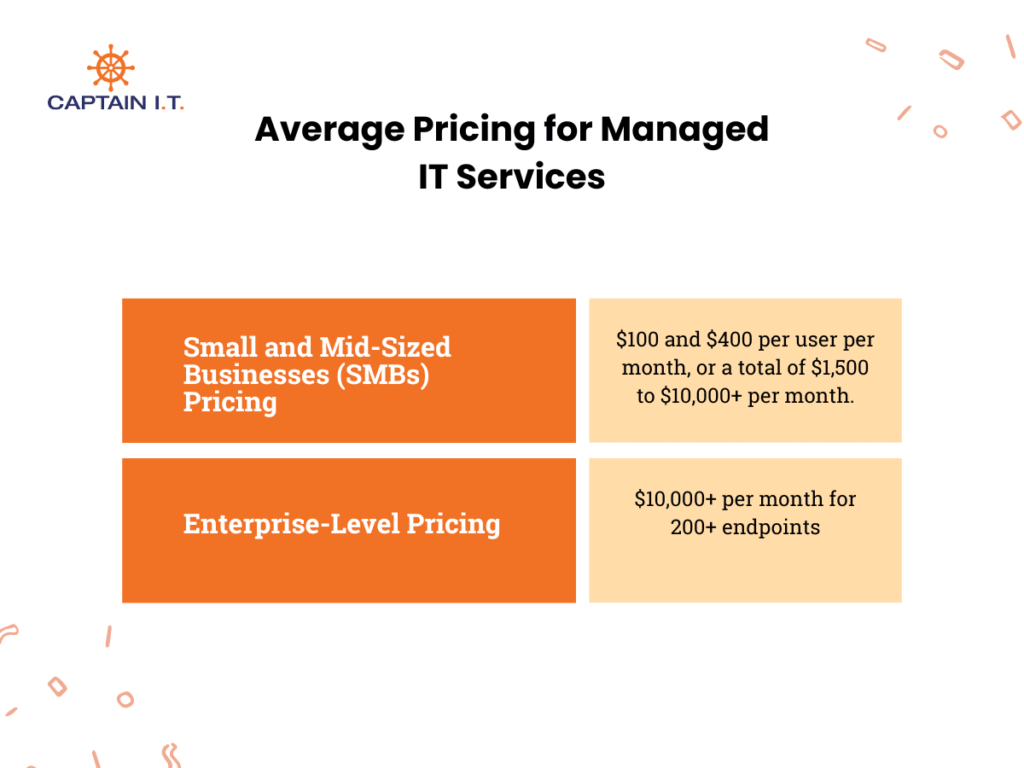
Managed IT services typically range from $1,500 to $10,000+ per month, depending on business size, IT complexity, and required services. Smaller businesses generally pay less, while larger enterprises or businesses with complex IT needs incur higher costs. Compliance-driven industries may also face higher costs due to the need for additional security measures and documentation.
Small and Mid-Sized Businesses (SMBs) Pricing
For small and mid-sized businesses, managed IT services usually cost between $100 and $400 per user per month, or a total of $1,500 to $10,000+ per month. The pricing varies based on the number of employees and the specific needs of the business. For example:
- 10-24 employees: Typically pay between $1,500 and $3,000 per month for basic IT support, network management, and cybersecurity services.
- 25-99 employees: Pay ranges from $3,000 to $6,000 per month for more comprehensive services, including advanced security, data backup, and disaster recovery.
SMBs generally require a more balanced mix of services, including proactive monitoring, software updates, and IT support. These businesses typically choose per-user or per-device pricing models depending on their needs, with pricing increasing as the number of devices or users grows.
Enterprise-Level Pricing
For enterprise-level businesses with complex IT needs, managed IT services typically cost $10,000+ per month for 200+ endpoints. This pricing includes a wide range of services such as 24/7 monitoring, advanced cybersecurity measures, custom IT solutions, compliance management, and enterprise-level network infrastructure management. For example, a large enterprise with 500 employees and a complex IT infrastructure could pay anywhere from $10,000 to $50,000 per month based on the level of service and scale of their operations.
Enterprise-level businesses require tailored IT solutions to meet the high demands of their infrastructure, including regulatory compliance, large-scale data management, and advanced security protocols. The cost reflects the need for specialized services and expertise to ensure business continuity and data protection.
Factors Affecting Managed IT Services Pricing
The cost of managed IT services is influenced by factors such as the number of devices and users, the type of devices, and service level agreements (SLAs). These elements directly impact the level of support required, with more devices or users generally resulting in higher costs due to the need for additional resources. For example, businesses with complex IT needs, such as specialized devices or custom SLAs, will often pay more for enhanced security, dedicated support, and guaranteed response times.
- Number of Devices and Users
More devices and users require more support, increasing the need for monitoring, troubleshooting, and maintenance. As the number of users or devices grows, so does the complexity of managing them. - Type of Devices
Specialized or high-performance devices, such as servers, mobile devices, or networking hardware, require more attention and expertise, which adds to the cost of services. - Remote Employees and Locations
Supporting remote employees or multiple locations adds complexity to IT management, requiring secure remote connections, network management, and remote troubleshooting. - Data Storage and Backup Needs
Businesses with large data storage needs or frequent backups will incur higher costs due to the resources required for secure, scalable data management solutions. - Service Level Agreements (SLAs)
The scope of SLAs, such as 24/7 support and guaranteed response times, directly impacts service pricing. More comprehensive SLAs mean more resources allocated to meet those demands. - Pricing Models
The choice of pricing model (e.g., per-user, per-device, or flat-rate) influences how costs accumulate and which services are included in the pricing structure. - Expertise and Specialization
Businesses requiring specialized services, such as advanced cybersecurity, compliance management, or custom software development, often face higher costs due to the need for expert-level support. - Contract Length
Longer-term contracts often offer lower rates due to the commitment they entail, while shorter-term agreements can result in higher monthly rates. - Industry-Specific Requirements
Industries like healthcare and finance may pay higher rates for IT services due to additional compliance and security requirements, such as HIPAA or PCI-DSS regulations. - Provider Reputation and Experience
Highly reputable service providers with a proven track record of reliability and expertise may charge higher rates due to the quality and consistency of their services. - Scalability Needs
Businesses that require scalable solutions to accommodate future growth often incur higher initial costs to ensure their IT infrastructure can expand seamlessly as needed. - Business Size and Complexity
Larger or more complex businesses require more extensive IT services, leading to higher pricing due to the increased scope of the services needed. - Technology Stack and Infrastructure
The existing technology infrastructure and the complexity of integrating or upgrading systems can also affect pricing, as businesses with older systems or custom setups may require additional support.
Make Informed Decisions Before Choosing Managed IT Services
Finding the right balance between quality services and affordable pricing can be a challenge for businesses. Choosing the wrong pricing model can result in financial strain or inadequate IT support, impacting both the business’s budget and operations. It is crucial to carefully evaluate IT needs to avoid overpaying for unnecessary services or opting for insufficient support.To help businesses make the right decision, Captain IT offers flexible, transparent pricing models that align with specific business needs across Southern California, including Los Angeles, Riverside, Orange County, San Diego, and Irvine. Whether it is through flat-rate pricing for predictable monthly costs or customizable options that scale with the business, Captain IT’s service offerings, including IT support, cybersecurity, network management, and data backup, are designed to provide the right support at the right price. This ensures businesses get both the expertise they need and the best value for their investment, empowering them to make informed decisions about their IT services.


